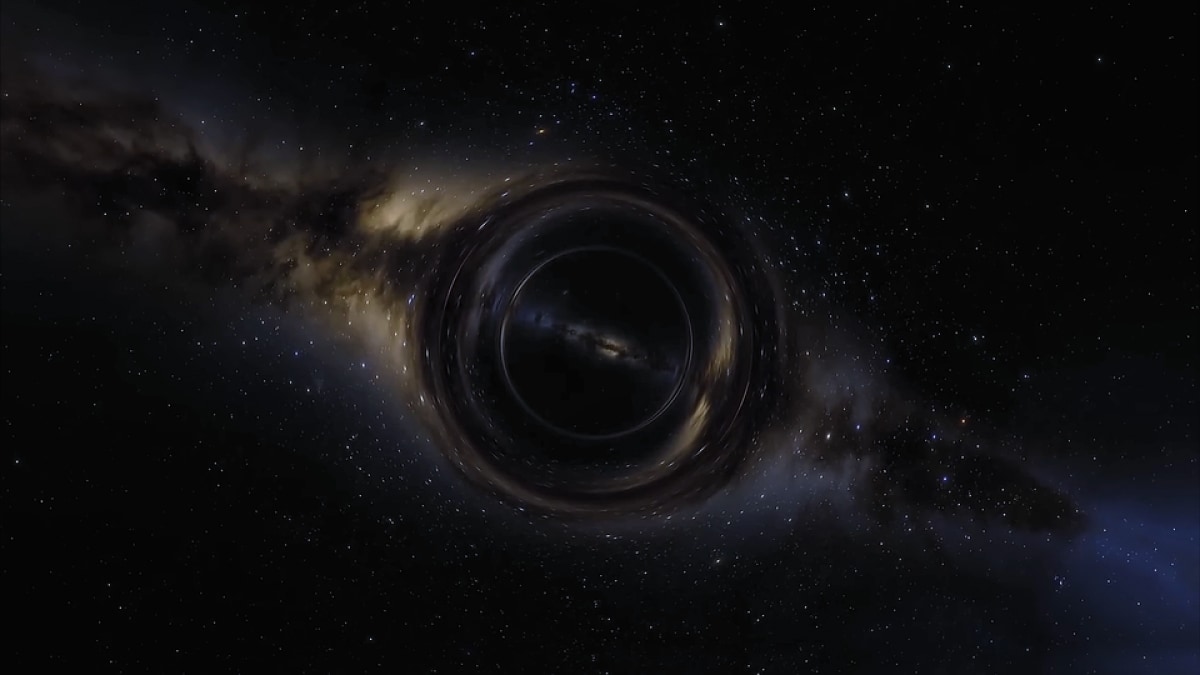Traditional view of black holesas proposed by Karl Schwarzschild in 1916, suggests that they consist of two main features: a singularity and an event horizon. This model faces challenges when combined with quantum mechanics, particularly after Stephen Hawking’s discovery of Hawking radiation in the 1970s. According to this theory, black holes emit radiation due to quantum effects near their event horizon, causing them to lose mass over time. This raises an important question: If a black hole completely evaporates, what happens to the information about the matter that created it?
Frozen Star concept
New research shows that black holes could be “frozen stars”. These entities would not have singularities or event horizons, but could still mimic the observable characteristics of black holes. Ramy Brustein, a physicist at Ben-Gurion University, is leading this innovative theory, suggesting that if frozen stars exist, they may require a fundamental modification of Einstein’s general relativity.
Implications for physics
The frozen star model could resolve key paradoxes in black hole physics, such as the information loss paradox. These objects avoid the problems associated with singularities by not collapsing into infinitely dense points. The researchers believe that testing this theory could provide key insights, particularly through gravitational waves generated during cosmic events such as black hole mergers. Identifying characteristics unique to frozen stars could provide experimental evidence to confirm this new model.
A look ahead
While the theory of frozen stars opens up intriguing possibilities, much work remains to elucidate their internal structures and distinguish them from other cosmic phenomena such as neutron stars. Brustein emphasizes the potential revolutionary impact this theory could have if confirmed using observational data from the Gravitational Wave Observatory.
